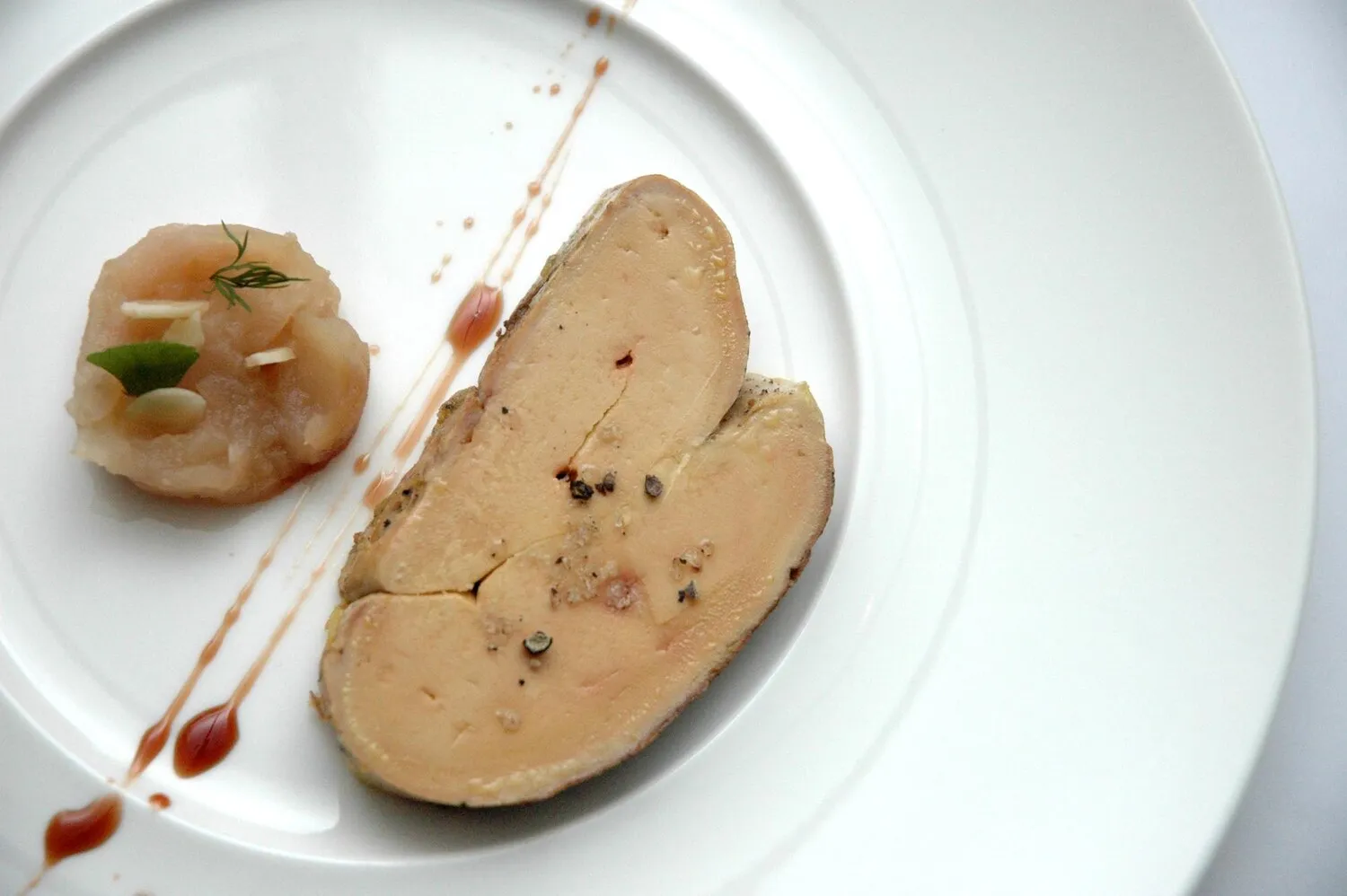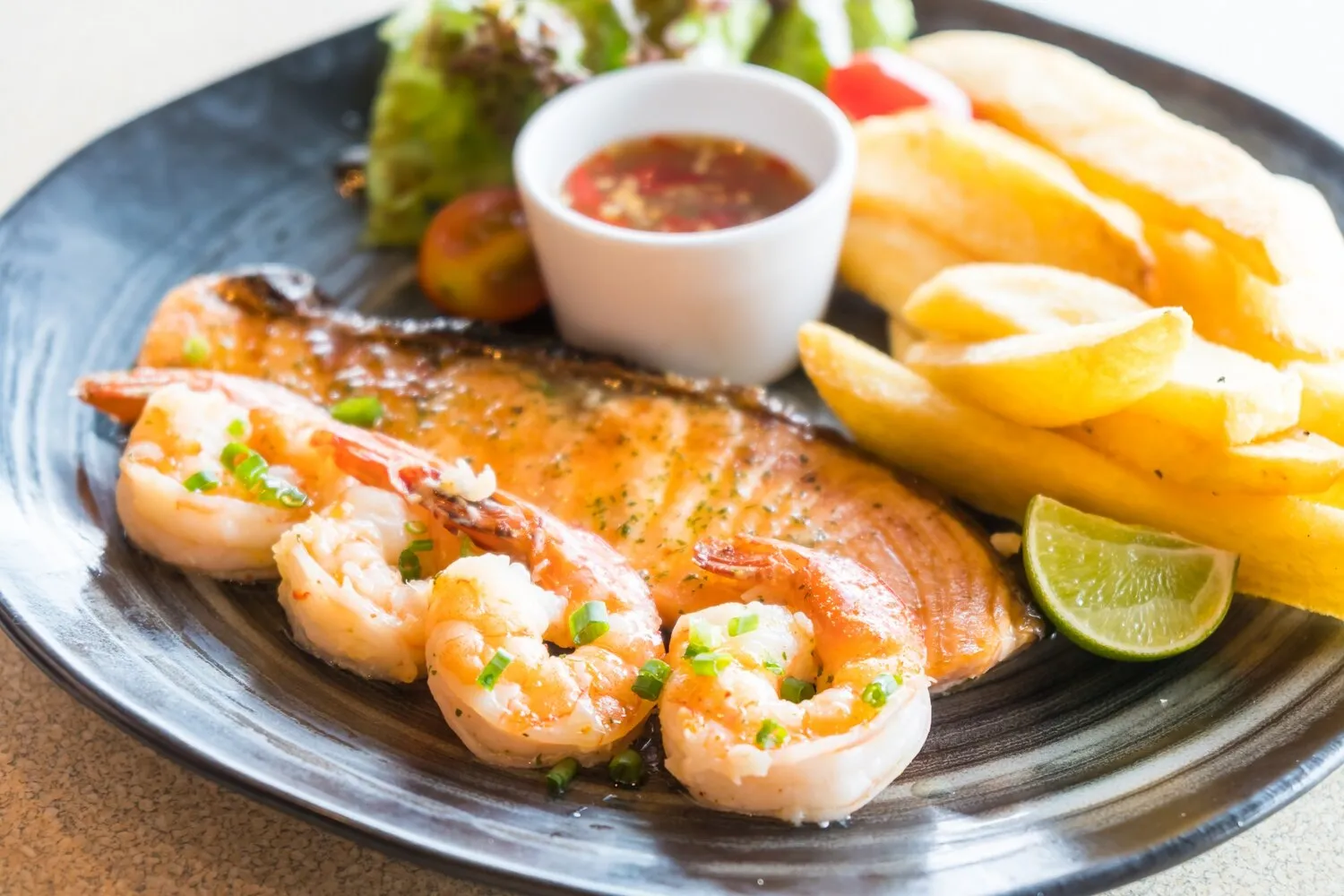
Foie Gras Poêlé
Pan-fried foie gras, often served with a fruit chutney or fig jam.
Nutrition Facts
* The % Daily Value (DV) tells you how much a nutrient in a serving of food contributes to a daily diet. 2,000 calories a day is used for general nutrition advice.
The practice of force-feeding ducks and geese to enlarge their livers dates back to ancient Egypt. The Romans adopted this practice, and it was later refined and popularized in France, where foie gras became a delicacy associated with royalty and luxury.
Foie Gras Poêlé is deeply embedded in French culinary culture, often considered a symbol of luxury and sophistication.
Luxury Cuisine
Foie gras is traditionally served during special occasions and celebrations in France, reflecting its status as a high-end ingredient.
Gastronomic Heritage
The preparation and presentation of foie gras are often considered an art form, passed down through generations of chefs and culinary enthusiasts.
Ethical Debate
The production of foie gras, which involves force-feeding, is controversial and has led to ethical debates and restrictions in some regions.
Foie Gras Poêlé boasts a rich, buttery, and decadent flavor profile, often contrasted with sweet and acidic elements.
The dominant flavor is the intensely rich and fatty taste of the foie gras itself. When properly pan-fried, it develops a slightly crispy exterior, providing a textural contrast to the melt-in-your-mouth interior. Common accompaniments like fruit chutneys (fig, apple, pear), jams, or balsamic glazes provide sweetness and acidity to cut through the richness and balance the dish. Some variations may also incorporate savory elements like toasted brioche or fleur de sel to enhance the overall experience.
Temperature Control
Ensure the pan is hot but not smoking before adding the foie gras. A medium-high heat is ideal. Overcrowding the pan will lower the temperature and prevent proper searing.
Scoring the Foie Gras
Lightly scoring the foie gras in a crosshatch pattern can help prevent it from curling up during cooking and promote even rendering of the fat.
Don't Overcook
Cook the foie gras for only a few minutes per side, until golden brown and slightly softened. Overcooking will result in a greasy and less flavorful result.
Resting
Allow the foie gras to rest for a minute or two after cooking. This allows the juices to redistribute and enhances the texture.
Explore additional Classic French dishes and restaurants
Explore Classic FrenchDiscover top dining spots and culinary experiences in Namur.
Explore NamurLearn more about the food culture, restaurant scene, and culinary heritage of Belgium.
Explore Belgium
